Is your teen feeling overwhelmed, anxious, or withdrawn? You’re not alone.
Teenagers today face an incredible amount of pressure—from academic expectations and social media to friendship dynamics and personal identity struggles. As parents, it can be heartbreaking to watch your child struggle, especially when they don’t always open up about what’s going on.
If you’ve noticed changes in your teen’s mood, behavior, or overall well-being, it may be time to offer extra support.
Understanding Teen Stress
The teenage years are a time of growth and change, but they can also be filled with uncertainty and emotional ups and downs. Some of the most common stressors for teens today include:
📌 Academic Pressure – The push for good grades, college acceptance, and extracurricular success can feel overwhelming.
📌 Social Media & Comparison – Teens are constantly connected, often feeling pressured to live up to unrealistic online expectations.
📌 Friendship & Peer Challenges – Navigating friendships, bullying, and social status can create anxiety and self-doubt.
📌 Family Changes & Conflict – Divorce, blended family dynamics, or household stress can deeply impact a teen’s emotional health.
📌 Identity & Self-Esteem – Figuring out who they are and where they fit in the world can be confusing and stressful.
Signs Your Teen May Be Struggling
Every teen handles stress differently, but here are some common signs that may indicate they need additional support:
🔹 Increased anxiety or excessive worry
🔹 Frequent mood swings or irritability
🔹 Changes in sleep or appetite
🔹 Loss of interest in activities they once enjoyed
🔹 Withdrawal from family or friends
🔹 Negative self-talk or low self-esteem
How Therapy Can Help
Therapy provides a safe, supportive space where teens can process emotions, develop healthy coping skills, and build confidence. At Rockwall Counseling & Wellness, we help teens:
✔ Manage anxiety & stress in a healthy way
✔ Develop self-esteem & resilience
✔ Navigate friendship & family challenges
✔ Set boundaries with social media
✔ Express emotions in a safe, constructive way
You Don’t Have to Navigate This Alone
As a parent, your support is crucial—but sometimes, an outside perspective can make all the difference. If your teen is struggling, we’re here to help. Our licensed therapists specialize in working with teens and their families to create lasting, positive change.
📍 In-person & virtual therapy available
📞 Call us today: 972-742-7038
🌐 Schedule at rockwallcounselingandwellness.com
Your teen’s mental health matters. Let’s take the next step together.




